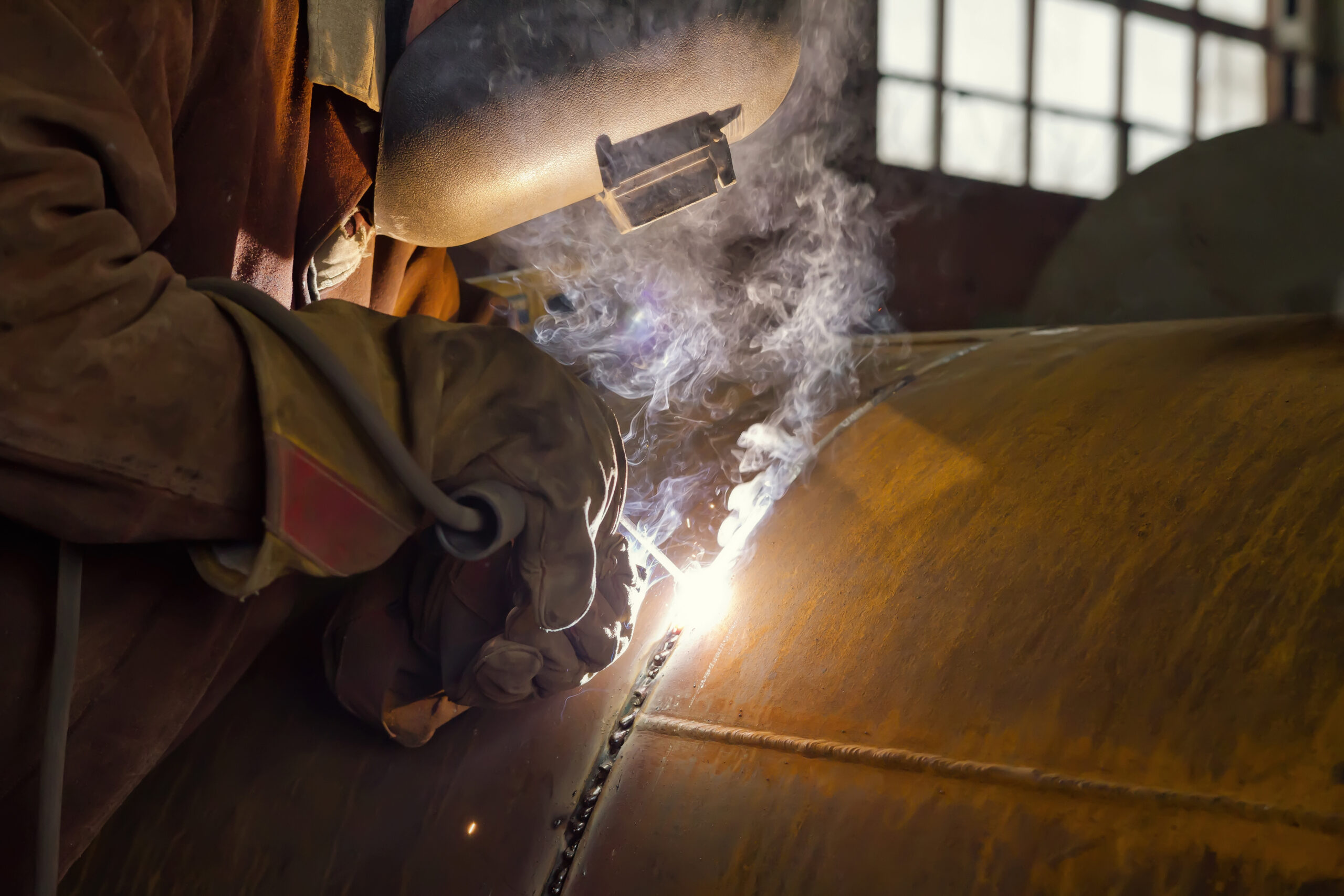What is Hexavalent Chromium and Which Cancers Does It Cause?
Hexavalent chromium (AKA chromium (VI)) is an oxidized form of the element chromium. Exposure to hexavalent chromium is known to cause lung cancer and it has also been associated with cancer of the nose and nasal sinuses.1-2

Railroad Welding and Hexavalent Chromium Exposures
Inhaling welding fumes is the primary source of railroad exposures to hexavalent chromium. Hexavalent chromium can also be found in some of the rust inhibitors which railroad workers use to coat locomotives, railcars, and other machinery. The amount of hexavalent chromium present in welding fumes depends on the amount of chromium in the metal that is being welded. Most steels contain at least some chromium. Stainless steels and mild carbon steels generally contain significant amounts of chromium.
Need Our Help? Contact Us Today!
Which Railroad Workers are Exposed to Hexavalent Chromium?
Anyone who is in close proximity to where welding occurs risks exposure to hexavalent chromium. Unfortunately, many railroad employees working in the car department, locomotive shops, and track department encounter welding fumes on a daily basis. Despite the frequency of these exposures, the railroads were historically slow to implement basic safety measures to lessen the danger to their employees.
Is Hexavalent Chromium the Only Carcinogen in Welding Fumes?
No. Welding fumes contain numerous other carcinogens such as arsenic, beryllium, cadmium, and lead.3 Moreover, welding fumes are just one of many toxins that railroad workers are exposed to.

What Can I do if I was Exposed?
If you or a loved one were exposed to welding fumes while working for the railroad and have received a diagnosis, call 312-877-5588 today for a free attorney consultation. Unfortunately, the list of toxins that railroad workers are exposed to is long and varied. The attorneys at Hughes Law Offices will take all such exposures into account when building your case. While you and your loved ones focus on recovery, let us do the work needed to prove your case.
Resources
[1] IARC Monograph 100C – Arsenic, Metals, Fibres, and Dusts
[2] IARC Monograph 49 – Chromium, Nickel and Welding
[3] https://www.osha.gov/sites/default/files/publications/OSHA_FS-3647_Welding.pdf
[4] https://www.cdc.gov/niosh/topics/hexchrom/default.html
[5] https://www.niehs.nih.gov/health/topics/agents/hex-chromium/index.cfm

